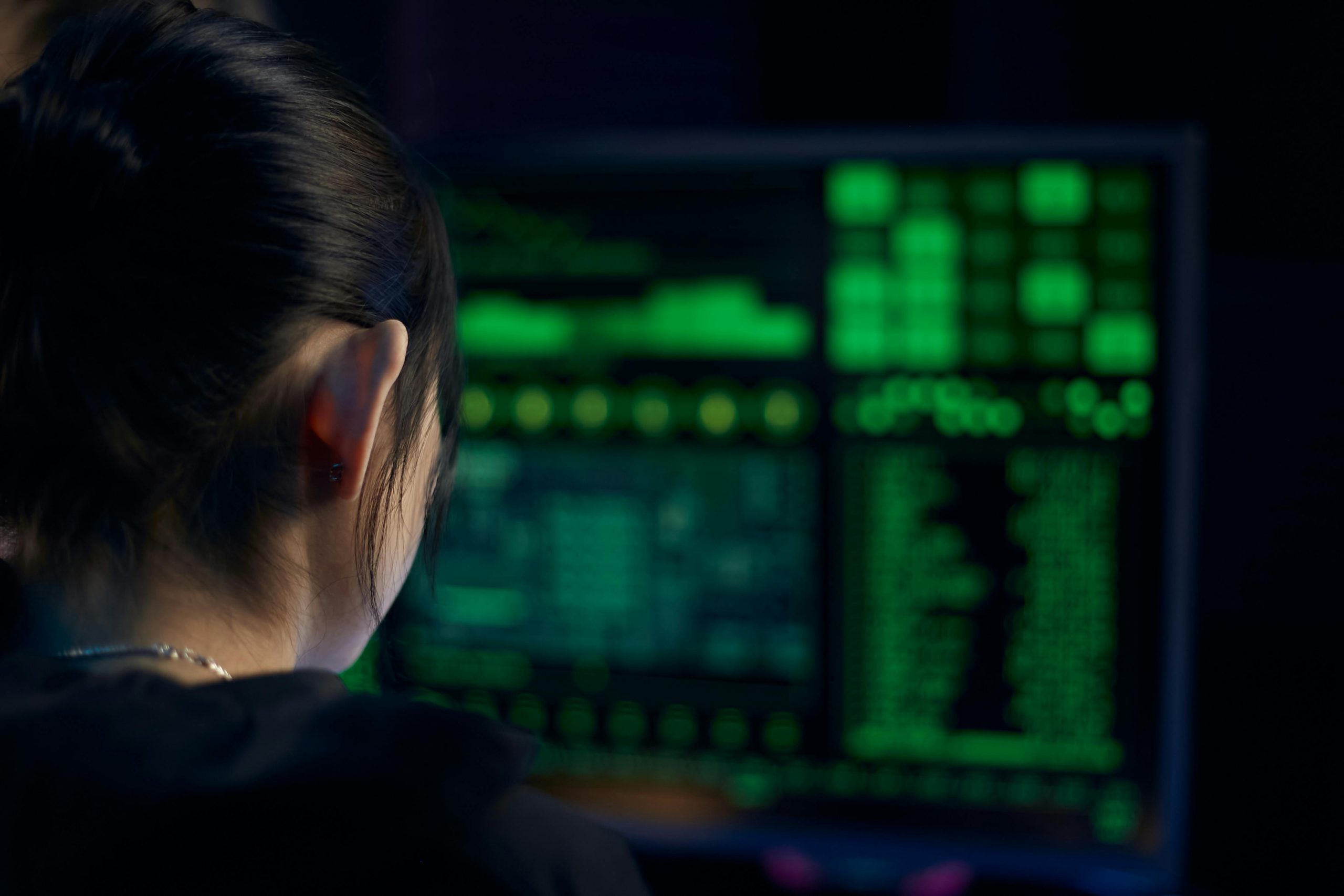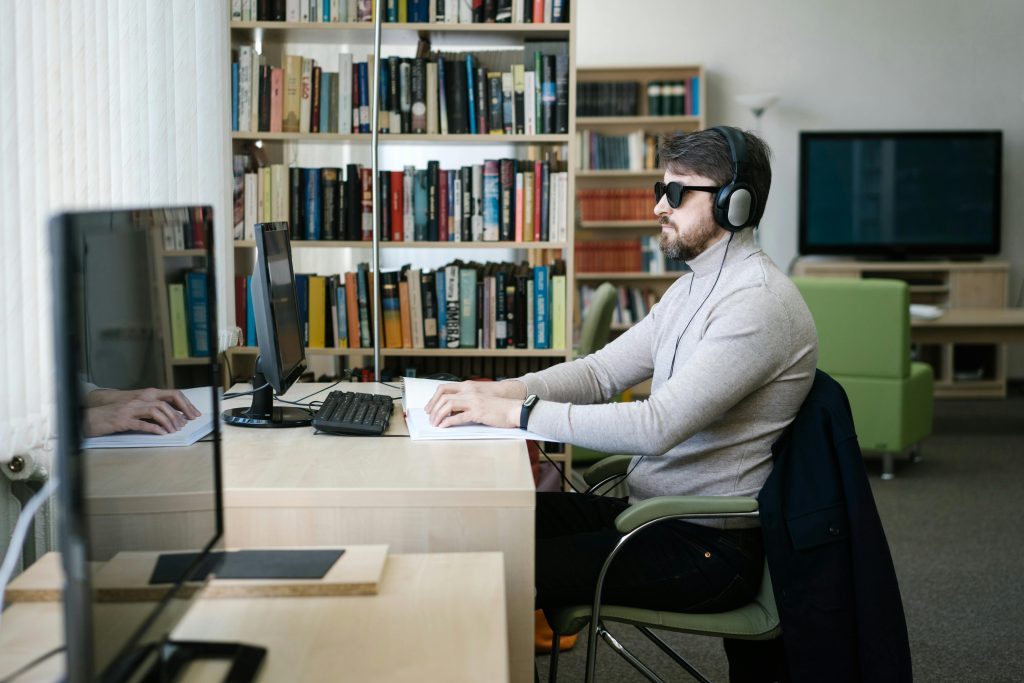Troubleshooting a PC That Alternates Between Power Cycling and Failing to Boot
Experiencing unexpected power cycling and boot failures can be both frustrating and concerning for any PC user. Recently, a user encountered a situation where their computer would turn on, then shut down abruptly, only to restart and subsequently fail to boot properly. If you’re facing a similar issue, understanding the potential causes and troubleshooting steps can help you identify and resolve the problem effectively.
Understanding the Issue
The user’s experience involved the PC powering on, followed by a sudden shutdown and an immediate restart with increased fan activity. Despite these power cycles, the system failed to reach a successful boot state. Notably, after manually turning off the system and allowing it to rest, the PC seemed to function normally for a period before recurring issues emerged. Such inconsistent behavior points toward underlying hardware or software stability concerns.
Potential Causes
Several factors can contribute to this type of intermittent boot failure and power cycling:
-
Hardware Overheating: Excessive heat can cause the system to shut down to protect components, especially if cooling solutions are insufficient.
-
Power Supply Issues: An unreliable or failing power supply unit (PSU) may deliver inconsistent power, leading to shutdowns and restarts.
-
Memory Problems: Faulty or improperly seated RAM modules can cause boot failures.
-
Motherboard Short Circuits or Faults: Physical damage or manufacturing defects can result in unstable power delivery.
-
Peripheral or External Device Conflicts: Connected devices may cause hardware conflicts during startup.
-
Corrupted BIOS or Firmware: Outdated or corrupted BIOS settings can hinder normal startup sequences.
Troubleshooting Steps
If you’re experiencing similar symptoms, consider following these steps:
-
Check External Connections: Ensure all cables and peripherals are properly connected and remove unnecessary devices to rule out external conflicts.
-
Inspect Hardware Components:
- Open the case (if comfortable) and verify that components, especially RAM modules, graphics card, and power cables, are securely seated.
-
Look for dust buildup or physical damage.
-
Test Power Supply:
- If possible, test with a known good PSU or use a power supply tester.
-
Avoid running the system if you suspect a faulty power supply to prevent further damage.
-
Monitor Temperatures:
- Use hardware monitoring tools or BIOS features to check CPU and GPU temperatures.
- Consider cleaning cooling fans and reapp
Share this content:



